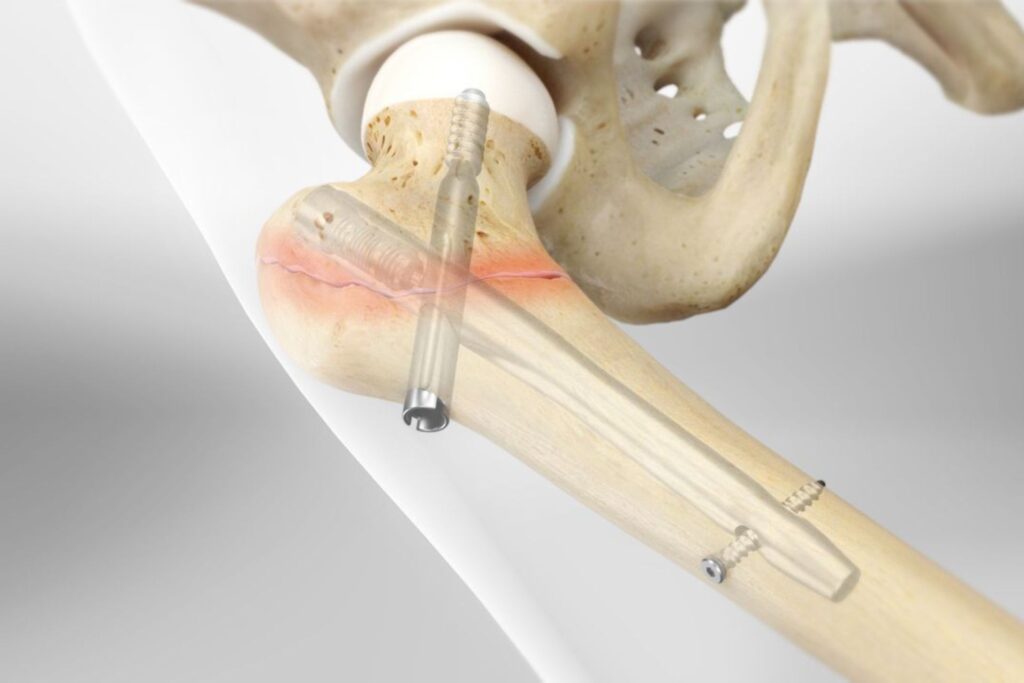Complex Fracture Fixation
Quick Contact

Stabilize and Heal with Complex Fracture Fixation
Complex fractures involve broken bones that are displaced, fragmented, or involve joints, making them more challenging to treat than simple fractures. These injuries may result from high-impact trauma such as road accidents, falls, or industrial injuries, and often require surgical intervention to restore bone alignment, ensure proper healing, and preserve limb function.
Complex Fracture Fixation refers to the use of specialized surgical techniques and implants—such as plates, screws, rods, or external fixators—to stabilize broken bones and promote healing. In cases involving multiple bone fragments, intra-articular fractures, or poor bone quality, fixation is meticulously planned and executed to reconstruct the anatomy and regain full function.
Successful management of these injuries demands precision, experience, and an in-depth understanding of biomechanics. Dr. Dhruv Paul has extensive training in treating complex fractures across all age groups and uses modern fixation systems along with intraoperative imaging to achieve accurate alignment and long-term stability.
The goals of fracture fixation are to:
- Restore anatomical alignment
- Stabilize the fracture for healing
- Allow early mobilization
- Prevent joint stiffness or deformity
Depending on the fracture site (e.g., pelvis, femur, tibia, elbow, or wrist), the surgical approach and fixation method are chosen to minimize soft tissue damage and support a faster recovery.
After surgery, patients undergo rehabilitation tailored to the location and severity of the injury. Physical therapy begins early to maintain range of motion and rebuild muscle strength.
With expert care and proper rehabilitation, most patients regain excellent limb function and return to daily activities or even athletic performance. Complex fracture fixation transforms traumatic injuries into successful recoveries—restoring mobility, independence, and quality of life.

